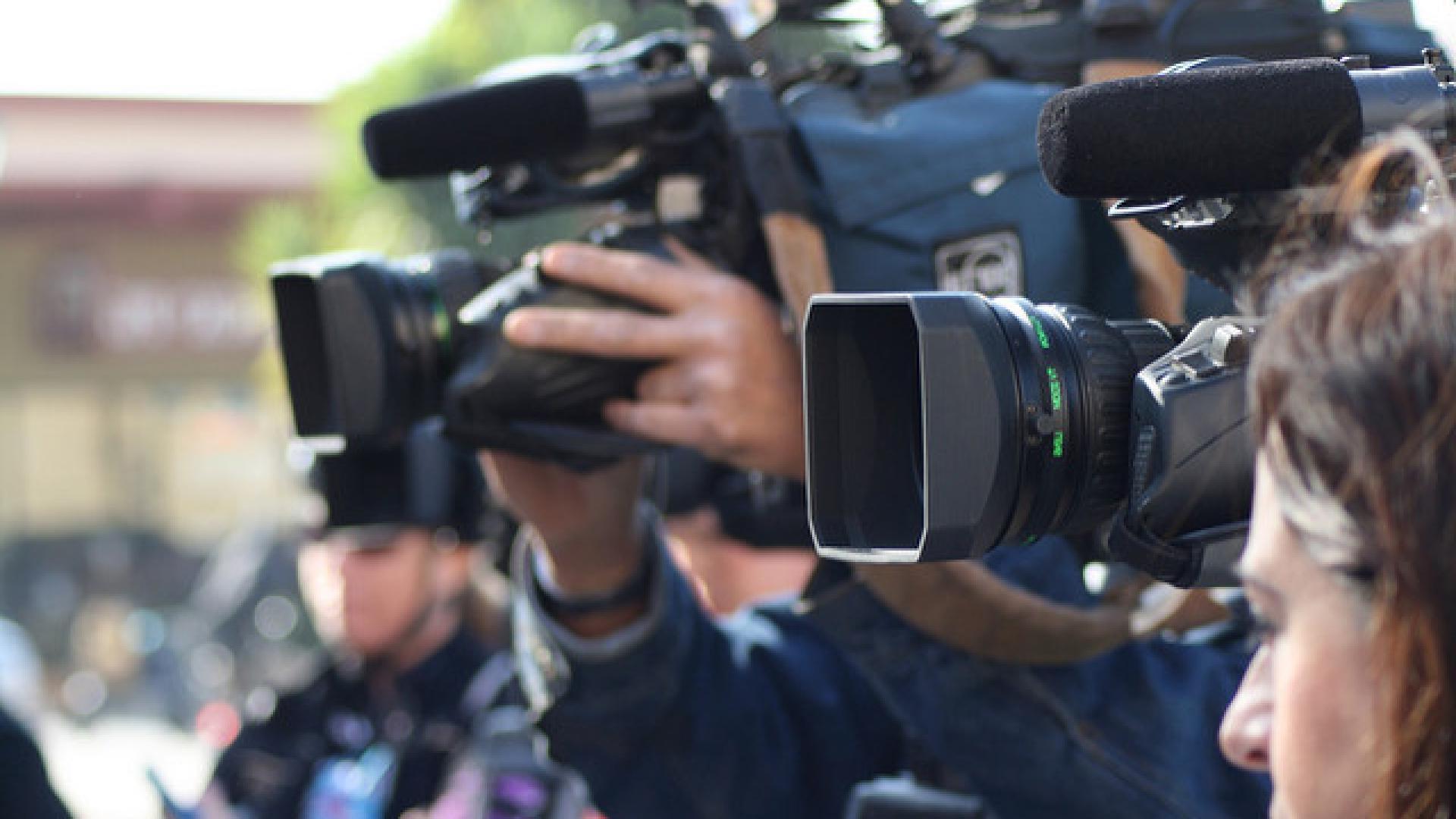
Media scrutiny plays a crucial role in shaping public opinion and holding powerful entities accountable. But what exactly does it entail? Media scrutiny refers to the critical examination and analysis of media content, practices, and ethics. This process ensures that information disseminated to the public is accurate, fair, and unbiased. It involves various stakeholders, including journalists, editors, media watchdogs, and the general public, all working together to maintain the integrity of the information ecosystem. By understanding the importance of media scrutiny, we can better appreciate its impact on democracy, transparency, and informed citizenship. Let's dive into 22 intriguing facts about media scrutiny that highlight its significance and influence.
Key Takeaways:
- Media scrutiny ensures accurate and fair information by uncovering biases, misinformation, and corporate influence in news reporting. It promotes transparency and ethical journalism for a well-informed public.
- Despite challenges, the future of media scrutiny looks promising with technological advancements and increased collaboration, ensuring effective scrutiny for a well-informed society.
Media Scrutiny: What Is It?
Media scrutiny involves the close examination and evaluation of media content, practices, and influence. This process helps ensure transparency, accountability, and accuracy in the information disseminated to the public.
- Media scrutiny helps identify biases in news reporting, ensuring a more balanced perspective.
- It often reveals the influence of corporate interests on media content.
- Scrutiny can uncover instances of misinformation or "fake news."
- It promotes ethical journalism by holding media outlets accountable for their content.
The Role of Media Scrutiny in Society
Media scrutiny plays a crucial role in maintaining a well-informed public and a healthy democracy. By examining media practices, it ensures that the information reaching the public is accurate and fair.
- Media scrutiny helps protect freedom of the press by highlighting attempts at censorship.
- It encourages media literacy among the public, helping people critically evaluate the information they consume.
- Scrutiny can expose propaganda and manipulation in media content.
- It fosters a culture of transparency and accountability within media organizations.
Historical Examples of Media Scrutiny
Throughout history, media scrutiny has played a pivotal role in uncovering significant issues and shaping public opinion. Here are some notable examples:
- The Watergate scandal was exposed through diligent media scrutiny, leading to President Nixon's resignation.
- Investigative journalism uncovered the Pentagon Papers, revealing government deception during the Vietnam War.
- Media scrutiny played a key role in exposing the Enron scandal, leading to significant corporate reforms.
- The Panama Papers leak was brought to light through extensive media investigation, revealing global tax evasion practices.
The Impact of Media Scrutiny on Journalism
Media scrutiny has a profound impact on the field of journalism, influencing how news is reported and consumed. It encourages journalists to adhere to high standards of accuracy and ethics.
- Media scrutiny promotes investigative journalism, leading to in-depth reporting on critical issues.
- It helps maintain journalistic integrity by discouraging sensationalism and clickbait.
- Scrutiny can lead to retractions and corrections, improving the overall quality of news reporting.
- It encourages diversity in media representation, ensuring that different voices and perspectives are heard.
Challenges in Media Scrutiny
Despite its importance, media scrutiny faces several challenges that can hinder its effectiveness. These challenges need to be addressed to ensure that media scrutiny remains a vital part of our society.
- Media consolidation can limit the diversity of voices and perspectives in the media.
- The rise of social media has made it harder to scrutinize and verify information.
- Financial pressures on media organizations can lead to reduced resources for investigative journalism.
- Political pressures and threats can intimidate journalists and hinder media scrutiny efforts.
The Future of Media Scrutiny
As the media landscape continues to evolve, the future of media scrutiny will depend on adapting to new challenges and opportunities. Ensuring that media scrutiny remains effective will be crucial for maintaining a well-informed public.
- Technological advancements can provide new tools for media scrutiny, such as AI and data analytics.
- Increased collaboration between media organizations and independent watchdogs can enhance scrutiny efforts.
The Final Word on Media Scrutiny
Media scrutiny shapes public opinion and holds power accountable. Understanding its impact helps us navigate information better. From historical events to modern-day controversies, media scrutiny has played a crucial role in shaping narratives. It’s not just about news; it’s about how stories are told and perceived. Knowing these facts can make you a more informed consumer of media. Stay curious, question what you read, and always seek multiple sources. This way, you’ll get a fuller picture of the world around you. Remember, media isn’t just a window to the world; it’s also a mirror reflecting society’s values and issues. Keep these insights in mind next time you watch the news or scroll through social media. It’s your tool for understanding the world better.
Frequently Asked Questions
Was this page helpful?
Our commitment to delivering trustworthy and engaging content is at the heart of what we do. Each fact on our site is contributed by real users like you, bringing a wealth of diverse insights and information. To ensure the highest standards of accuracy and reliability, our dedicated editors meticulously review each submission. This process guarantees that the facts we share are not only fascinating but also credible. Trust in our commitment to quality and authenticity as you explore and learn with us.
